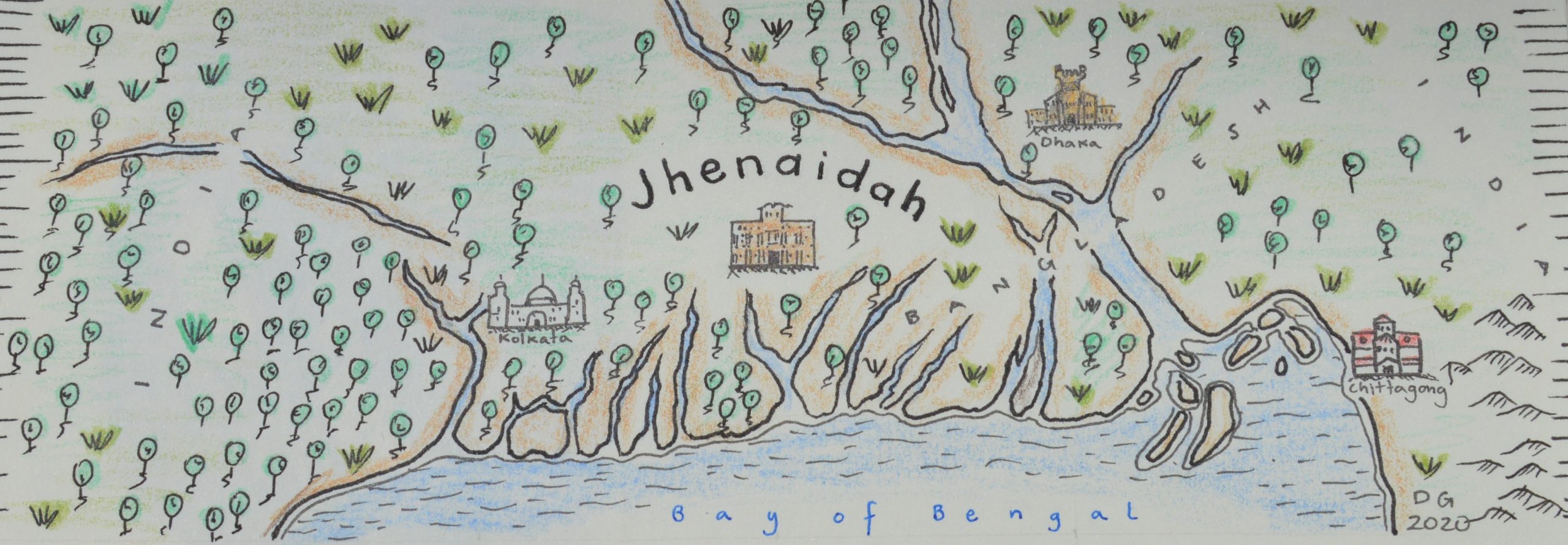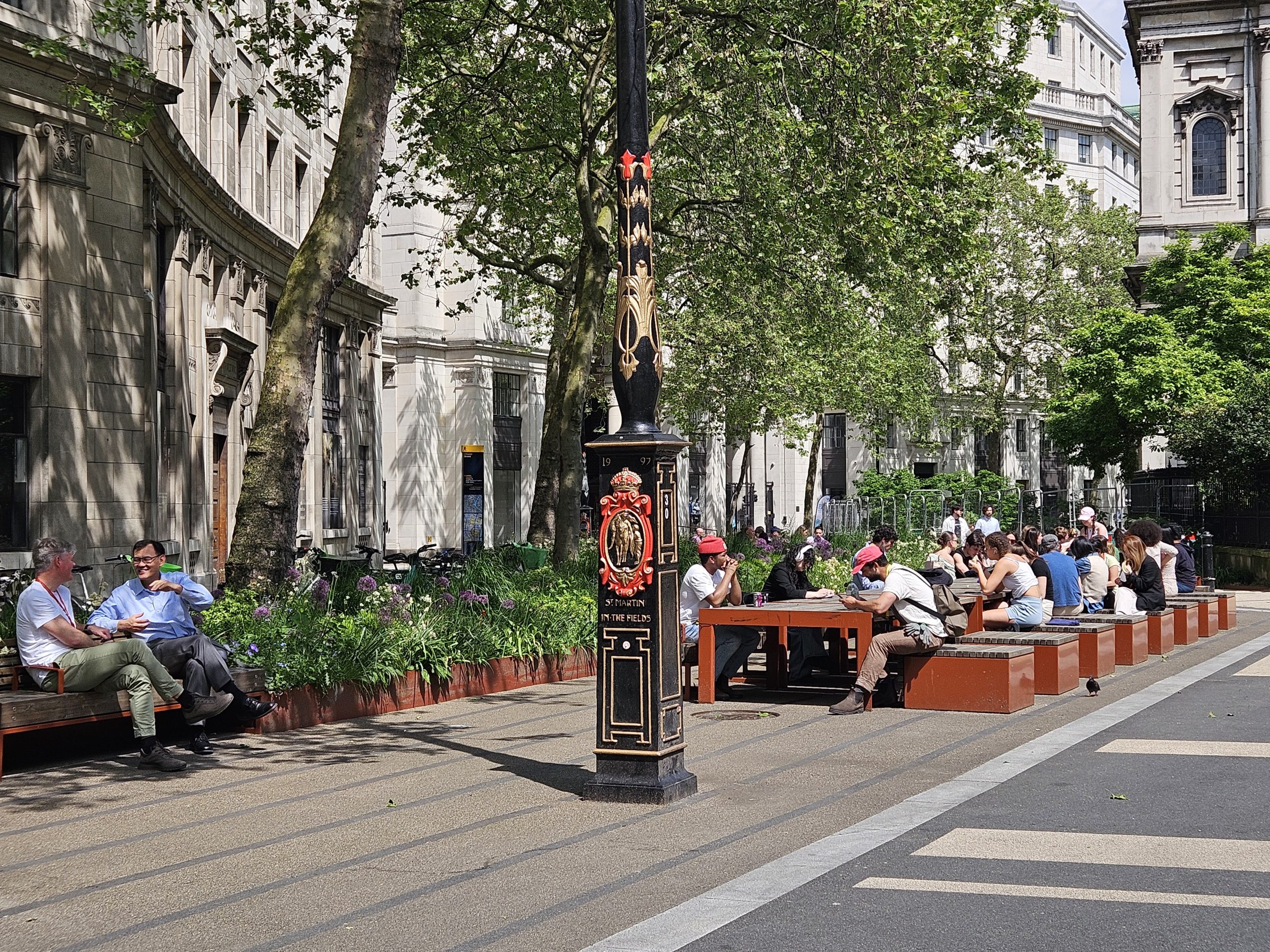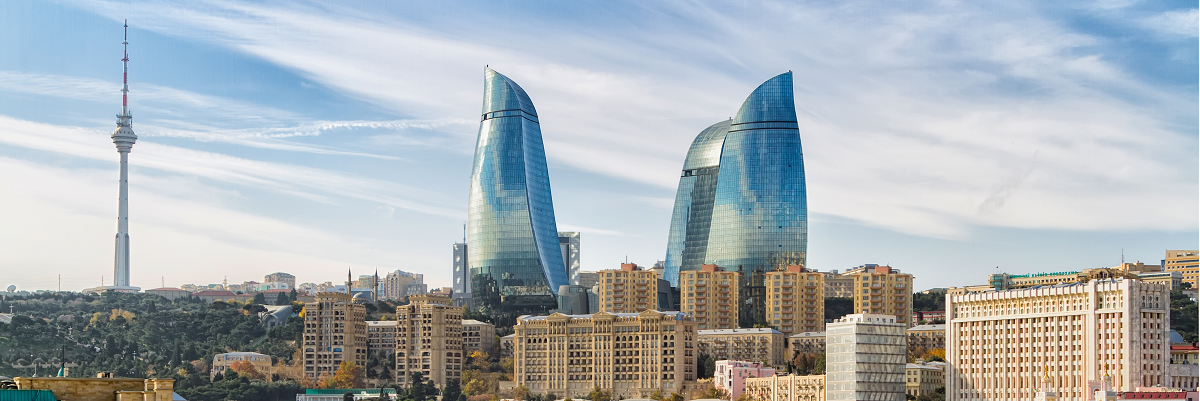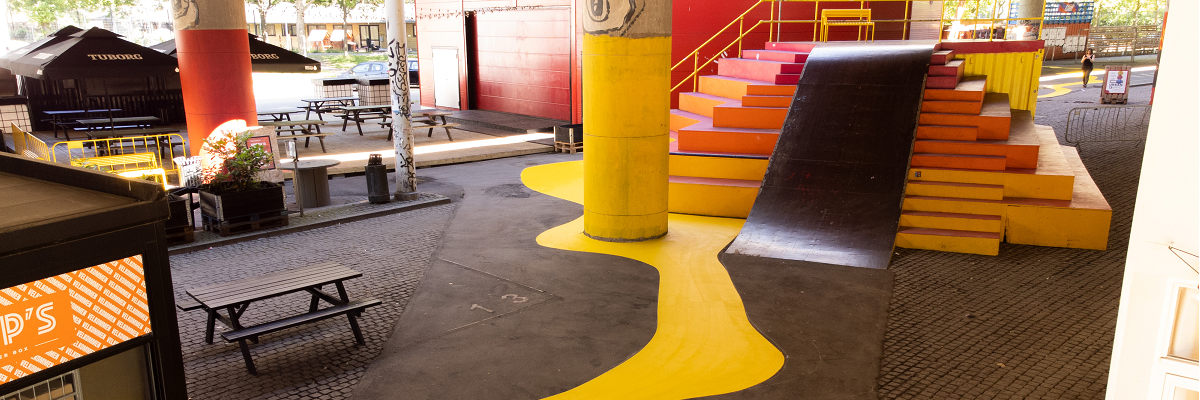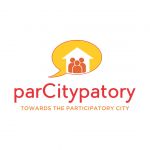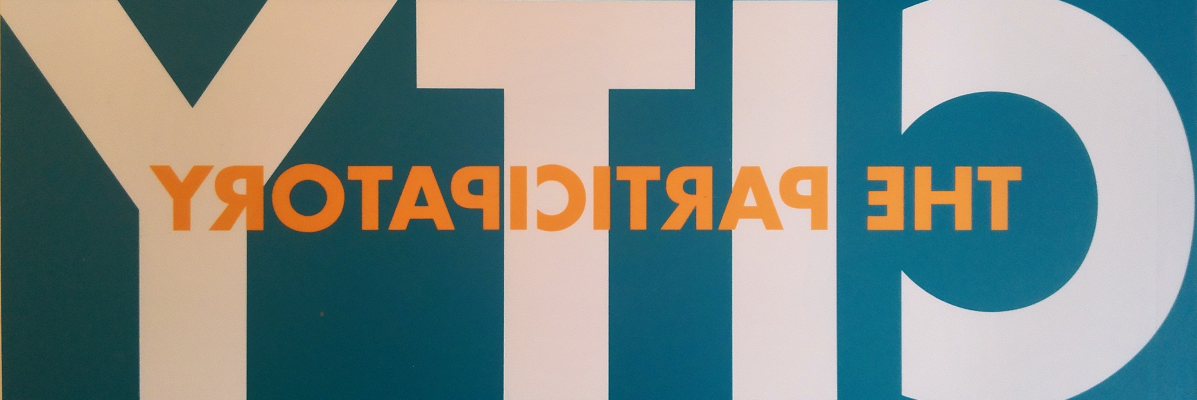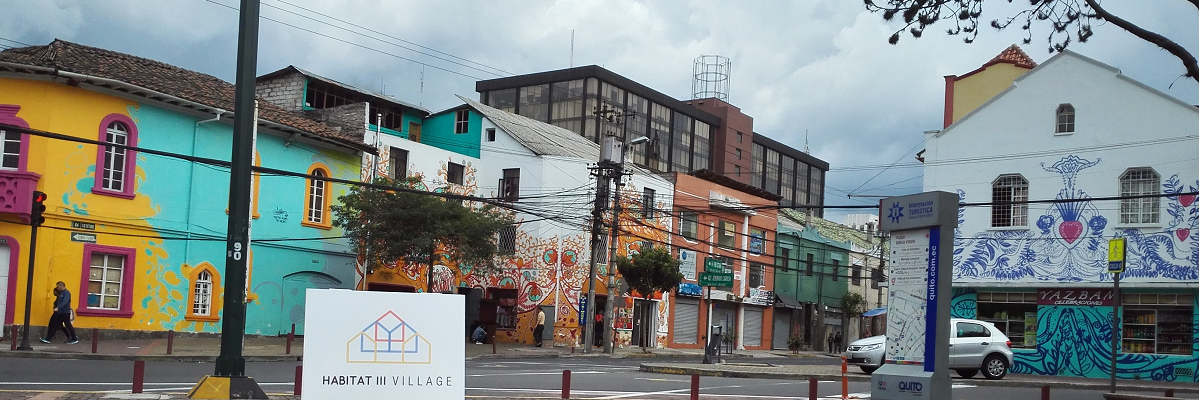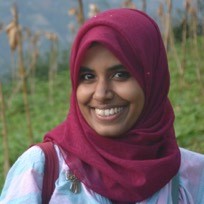
by Suhailey Farzana (Community Architect, Platform of Community Actions and Architecture (POCAA), Bangladesh)
The writer graduated from Bachelor of Architecture of BRAC University, Bangladesh. She also studied youth leadership at University of Vermont under United States SUSI program. Currently volunteering in POCAA, Community Architects Network (CAN) and working as a 2015 Parween Rahman Fellow.
Contact: suhailey.farzana@gmail.com or pocaa.bd@gmail.com
It was winter, when I first met them. Now, another winter is almost at nature’s door, and I am cherishing how we have grown for last one year.
I am talking about a group of women who have given me opportunity to grow better, from whom I am learning life. My memory of the very first visit at their community is the women and their attractive speaking quality. I was overwhelmed by their excellence of hospitality regardless their identity as a low cast neglected group in society. I remember one lady actually hugged me that day just to thank for visiting them. There was no expectation or demand from their side, but it made me left a part of my heart, at their community. I was not particularly getting this love and affection for being a community architect. My professional identity came later on in the story. This friendship gradually grew while travelling with them to study savings in “Women’s Bank” of Sri Lanka. It started to weave better and stronger eating together and having fun while working with them. While working one day a woman ask if I take food from houses like them, which left me very surprised! It was hard for me to believe that many people think twice before even drinking water at their houses.
However, I was most privileged to eat the best fruits of their trees, even the very best food of their houses. Many women would come with the fruits hiding it underneath their Saari and hand it to me. I didn’t know how to thank them! Every time they would do these small things, my heart would welled-up with tears, joy and gratitude. When it was time to return home, a group of faded clothed poor women would walk with me until I get a vehicle to get back. They would stop any vehicle forcefully to request the driver to reach me home. It was a great laughter while doing this. Along with this laughter within few days, we mapped the community, produced measured drawing, and documented houses that need to be reconstructed, mapped housing aspiration, designed houses and so much more. I, being from very planned educational background was learning too how people have their own informal processes which ends up to a sustainable better planning. Many things just happened for being present there; many plans/ ideas were evolved from this lovely group of women.
This wonderful friendship, trust and people- led process resulted into forming of several savings groups, a citywide network of them, 20 new houses and enormous horizontal sharing and skill transfer. These were few initial outcomes. With time, many more ideas came up from having dialogues with them. And I believe many positive good things will be developed from this process.
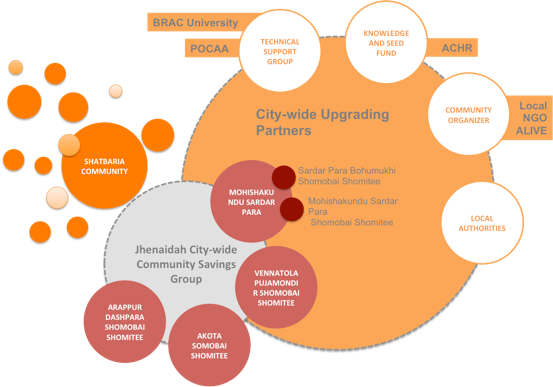
The community I am writing about is at Jhenaidah city situated in south of Bangladesh. This city had got Asian Coalition for Community Action (ACCA) fund both for big and small projects. A seed fund came to the city to be revolved in all communities.
This small fund became a great source of energy to unite poor communities together and making them confident that “Poor people can do it too”. With a help of a humble NGO, our presence and support from local authorities made it possible to do better things, informally and flexibly. Saving is becoming their strength. Many communities expressed the feelings that they never had this amount of money what they have today together! It was possible because of group savings. Most wonderful thing is this saving group is solely managed by them. The power is at their hand. They decide which day to meet for collecting savings, how to keep account, whom and how to give loan among them. Neighboring communities are approaching them to learn how to start their own group for saving. The process is gradually flowing wonderfully from community to community. Better things and good practices are happening in the city.
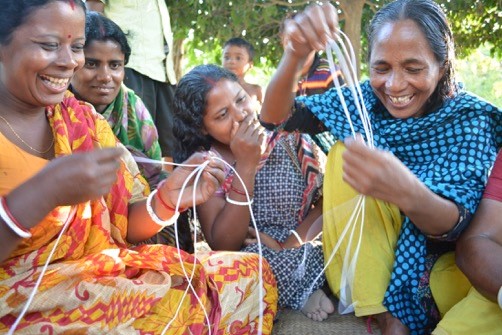
Currently, new houses are already built in this community. We could develop just two possible models, but in reality they have built 20 different houses as their requirements. Every household changed their plans while building. Communal and individual spaces have started to change with time. Last month I went to the community and saw someone wrote on her house “Shopno Paraa” in Bengali, which means, “Dream community”….
Every time I go back to them, I can sense and see the gradual changes. They might also know how I am changing too. Now, this community has taken lead to make other communities united by doing savings. I feel, “Togetherness” has always been a power for everyone. Communal actions are making the power of savings visible here. Community now leading mapping process to other communities and auditing other’s savings account book keeping.
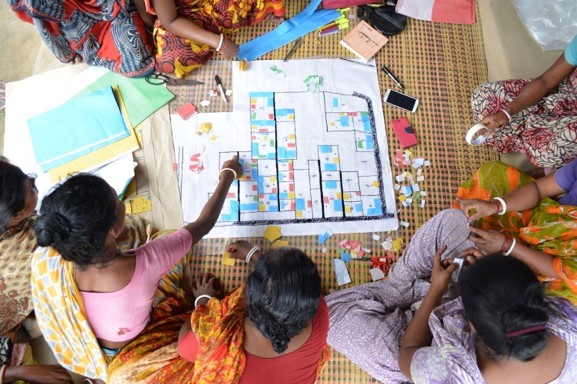
Women of Mohishakundu Shordarpara community have planned to start their own business and they are trying to make products. Every afternoon, they would come out in the common space and make bags together. I too am trying to design bags with them. Bondage is getting stronger by talking over phone while not at Jhenaidah. Sometimes, work progress and design ideas are shared by using messaging apps through Internet. Even though we are not physically near, we are connected.
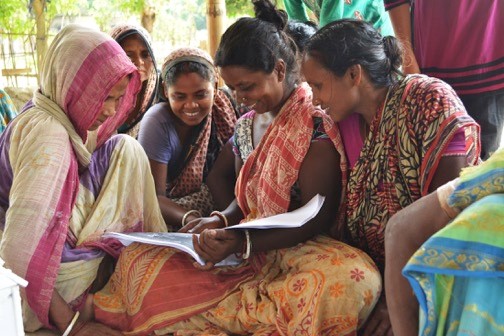
There were many challenges in the process, many imperfections, back and forth, dialogue, discussions and even various disagreements. Challenges were both for community, the architects and the NGO. But we learnt together. I learnt, they learnt too. We learnt to trust each other for better result. The whole process was established by trust, friendship, participation, flexible fund and decision-making freedom by the community.
In my work, little emotions and actions mattered most and continuously made me happy, perhaps happiest. My eyes would spark several times with happy tears while working in the community.
Our relation didn’t end up after building houses; I feel it’s a start, a happy start for doing more productive things together. I am glad that we could make many positive changes in our lives. Building few houses were just a tool to gather people, to learn to trust each other and build a stronger community.
Just one silent question in their eyes makes me visit them again and again, “When are you coming back”? It’s an unexplainable wonderful joy meeting them regularly, welcomed by world best smiles and warm hugs.
The team of this initiative:
Community Network of Jhenaidah
City Authorities
Local NGO ALIVE
ACCA
POCAA
BRAC University
This slideshow tells the story of the whole mapping process. You can learn more about the method in this related article:
A college going student from the community leading the mapping process.The decision making tool is at community’s hand. They prioritized 20 households among 22 households on basis of their need.A base map was created by measuring the whole community. The architects had to take the lead to draw…… but gradually it was transferred to the community. Architects made several mistakes which were corrected by the community.First, 20 households were documented for reconstruction process. The women measured each niche and corner…… and eventually documented every household very efficiently. Their daughters helped them in the drawing it on graph paper.Most of them can’t read or write. But they hold the tape while measuring any structure……then they will ask their daughter/son the number written on tape and document it. By this process they learnt to count numbers.The mapping team could map their community within just 5 days, which gave them a clear idea about their land, visualize possibilities and problems…… and they got power and courage to talk with the authorities to negotiate as they have savings and maps.Mapping her animal shed was important to this woman, as they consider them as a part of their family.Women made their dream houses. Some women drew, some women made models to express, but it was perfectly expressed to us.Their kids helped them to express it. Some focused on step-by-step construction but aspired to build 2 storied houses.Architects along with the community and a mason tried to balance between the community’s dreams and budget constraints. Two possible models came out from this process.hose who have small parcel of land can go for 2 storied houses. Even those who have bigger parcels can build a 2 storied house in the first phase and can add another 2 storied house next to the first in a later phase.Architect and ClientCommunity network, local authority and NGO representatives at the inauguration ceremonyCommunity trying to reduce cost by giving laborArchitects and community’s intervention in designing detailsPartially completed one and two storied housesTheir community is changing……as well as their personal spacesThe women are confident now to go to other communities for teaching them the mapping process, auditing and also for sharing their stories.Women leading mapping and auditing in another community
Previous
Next

